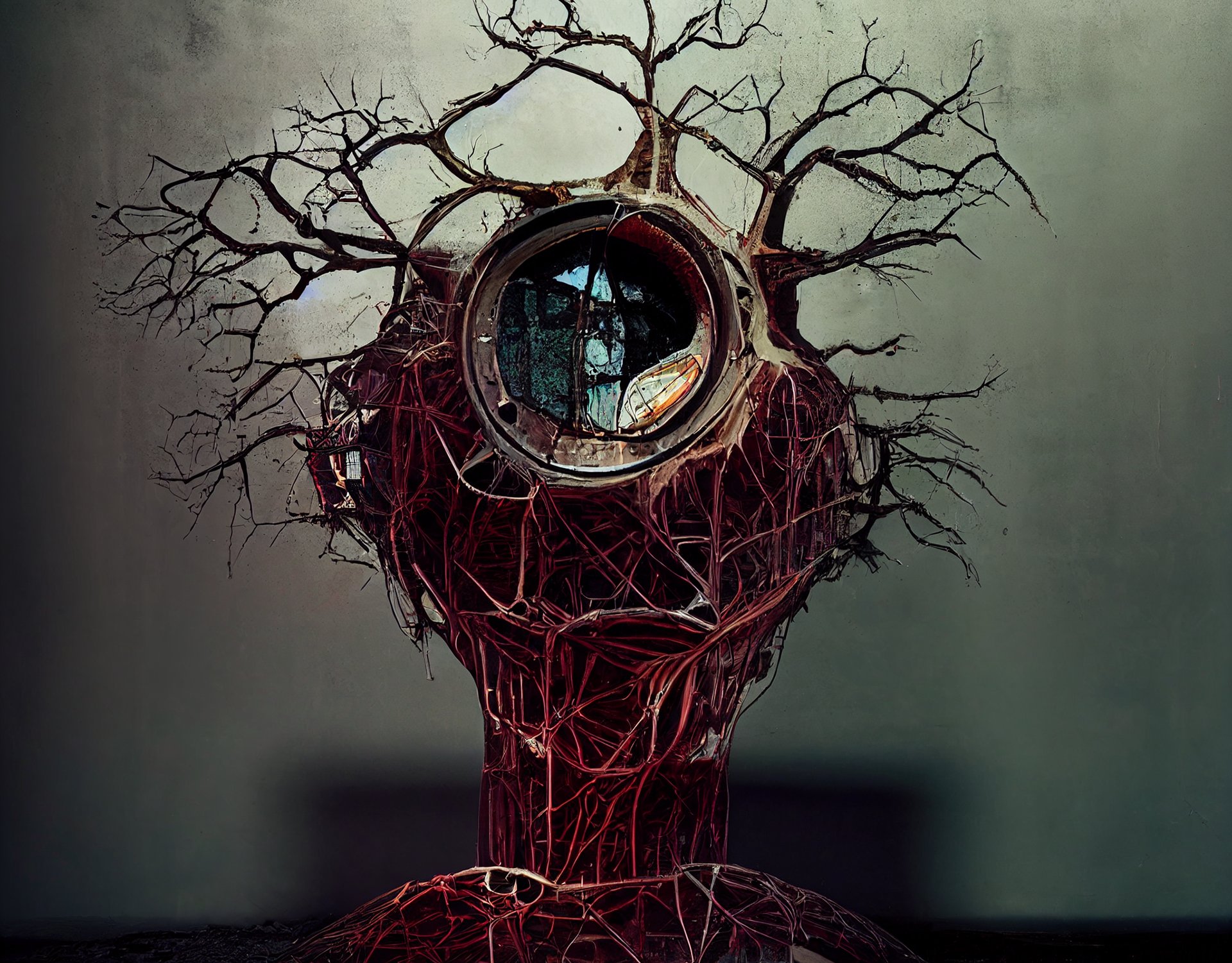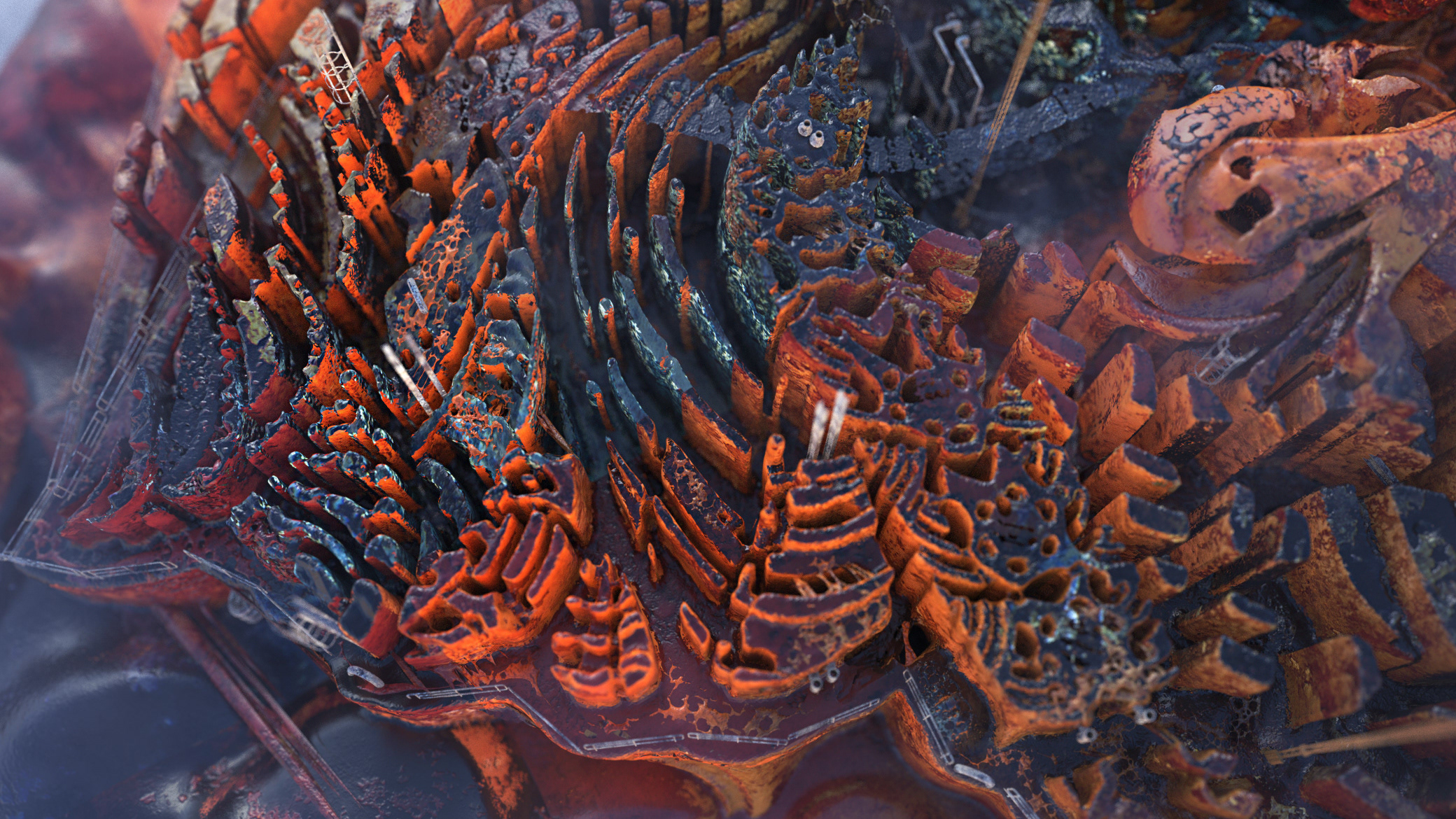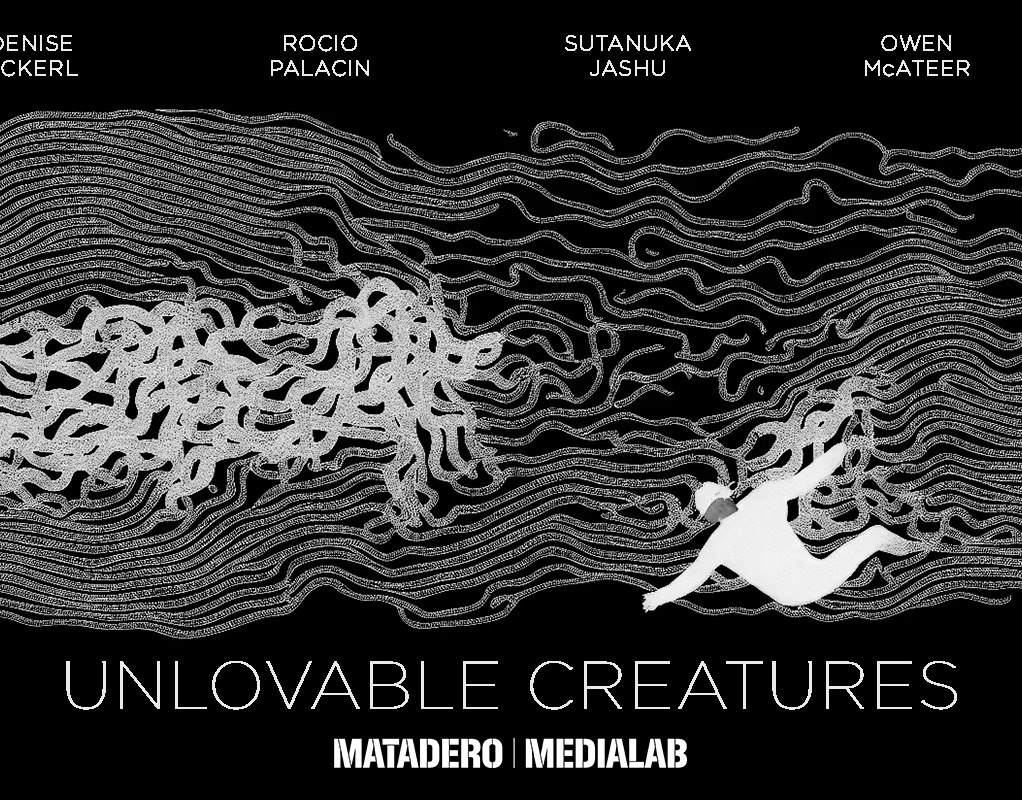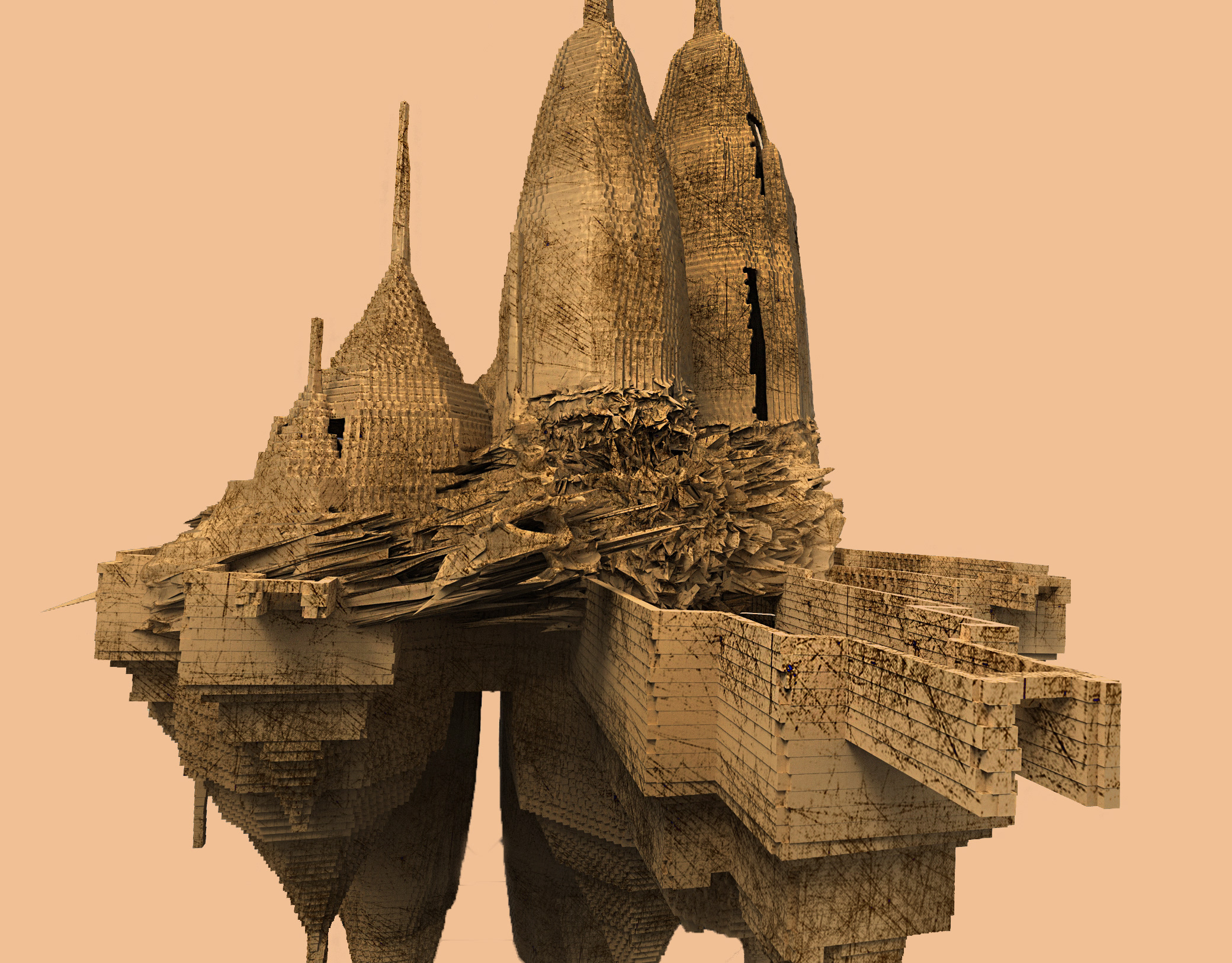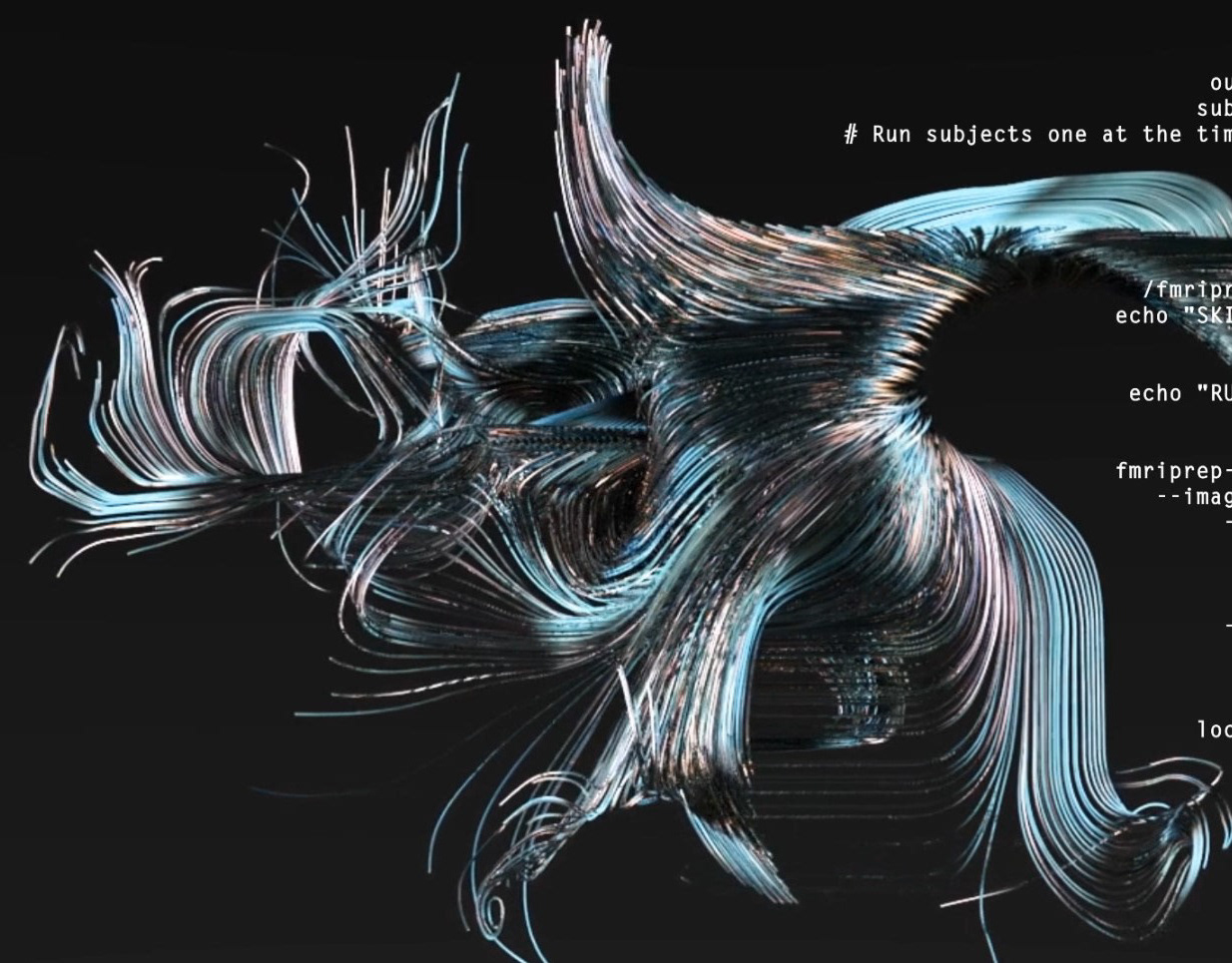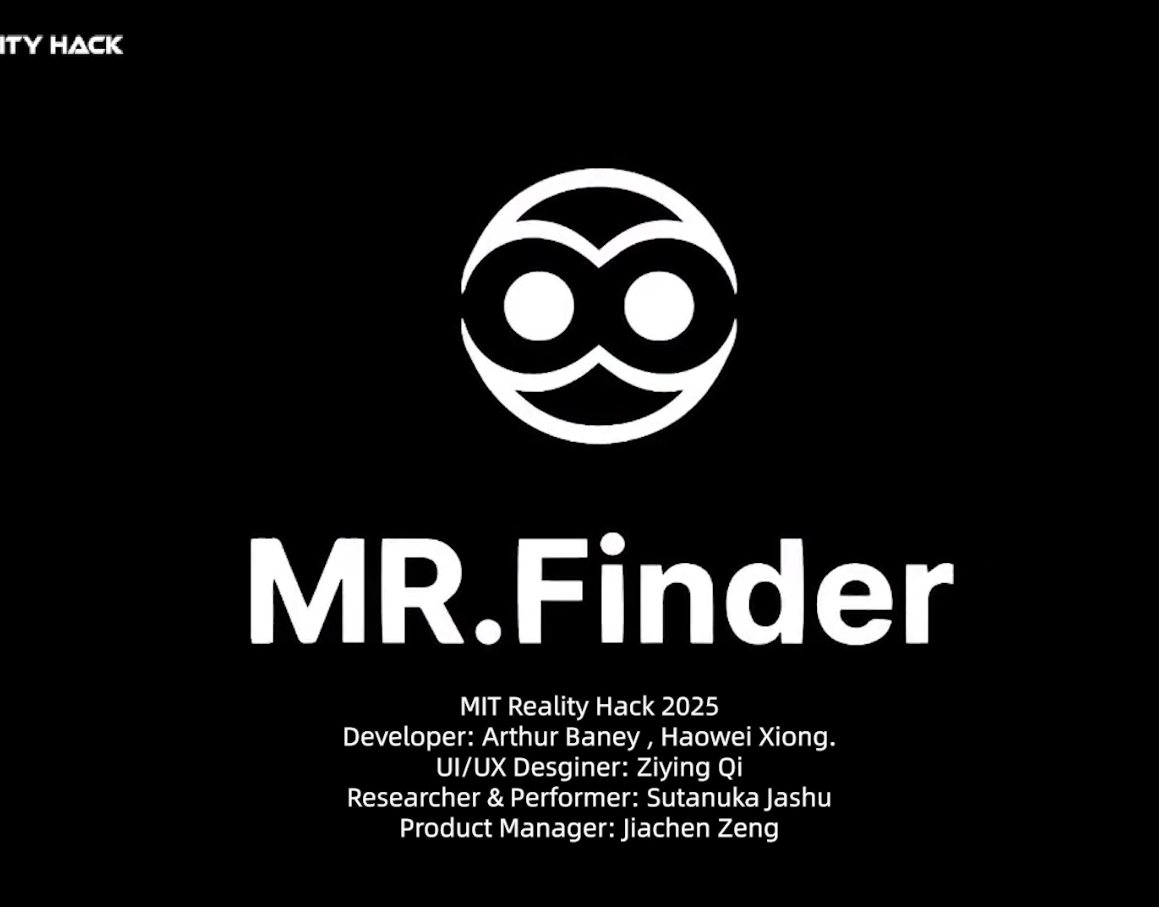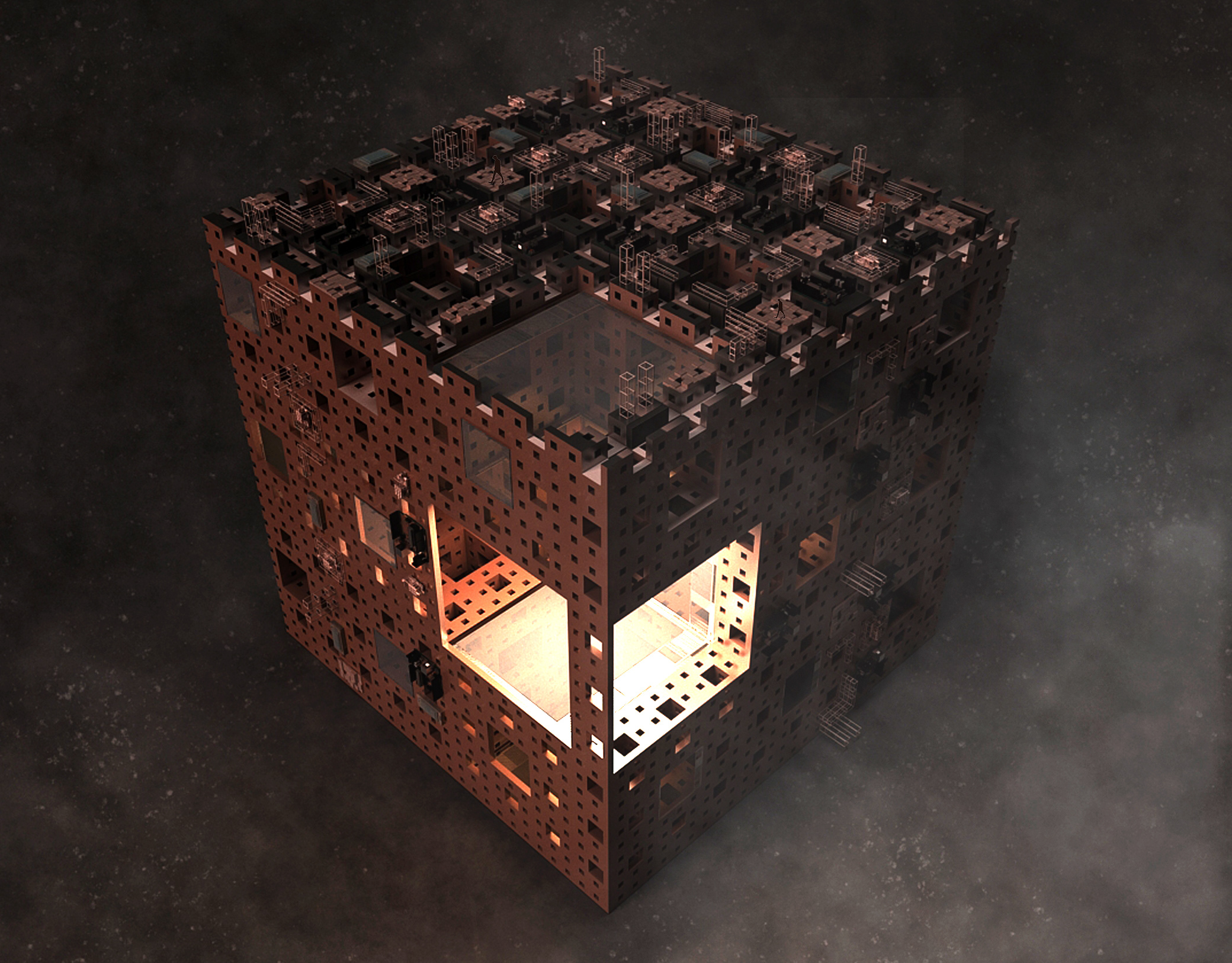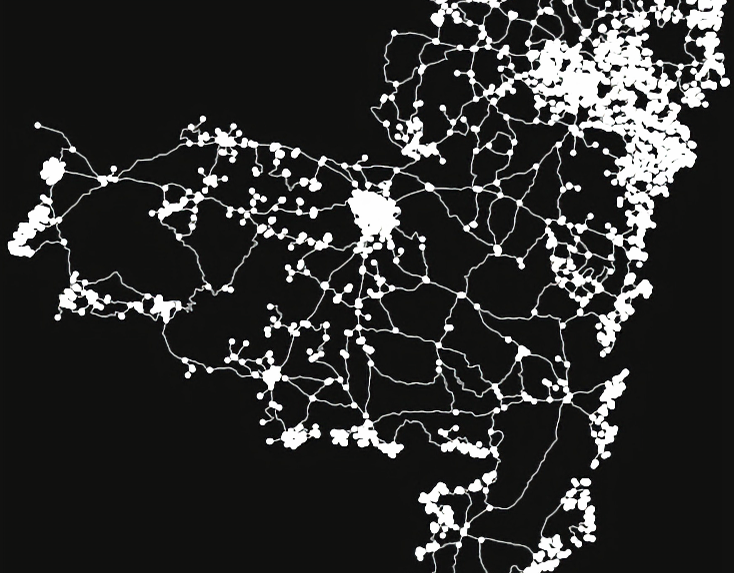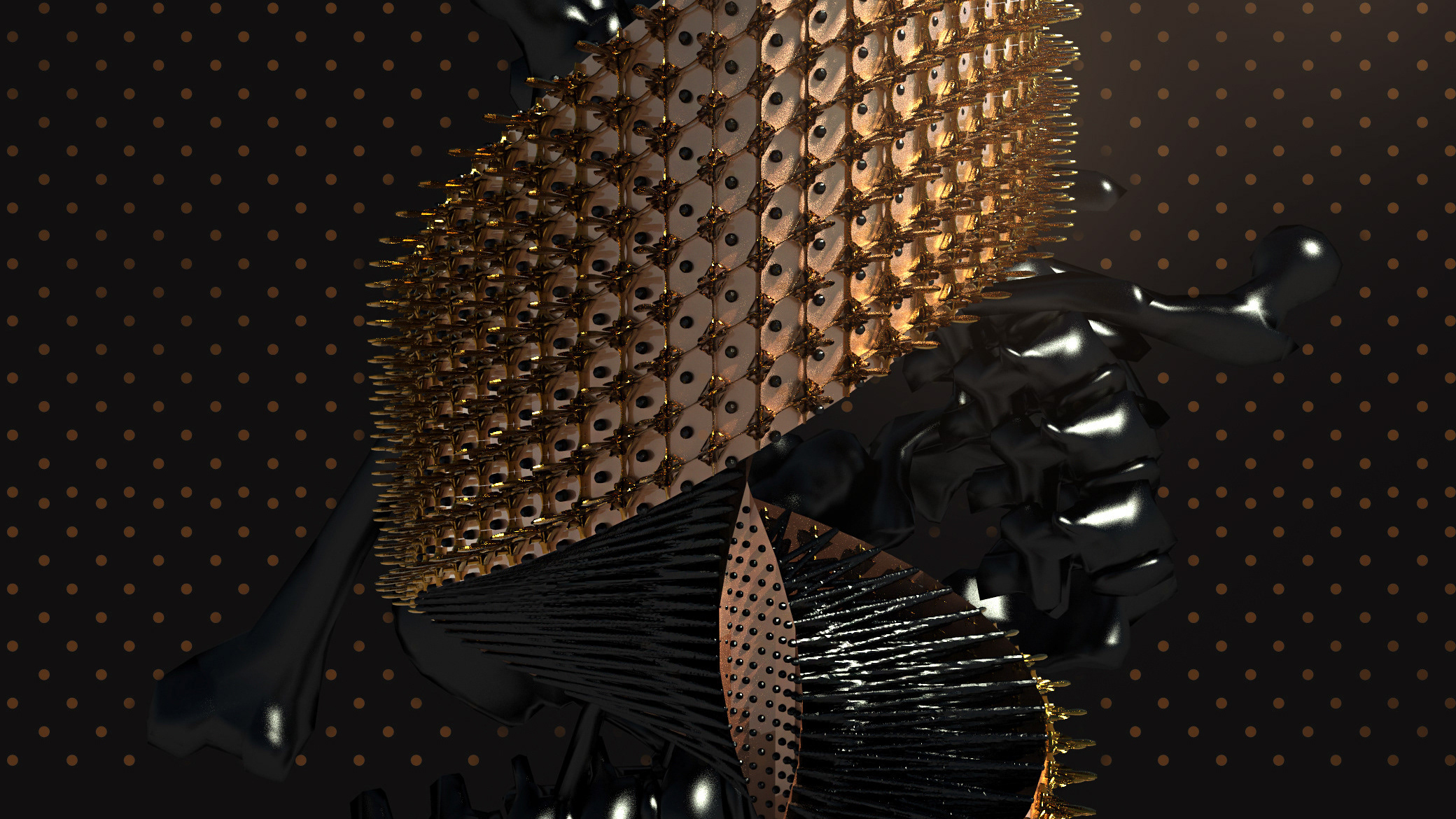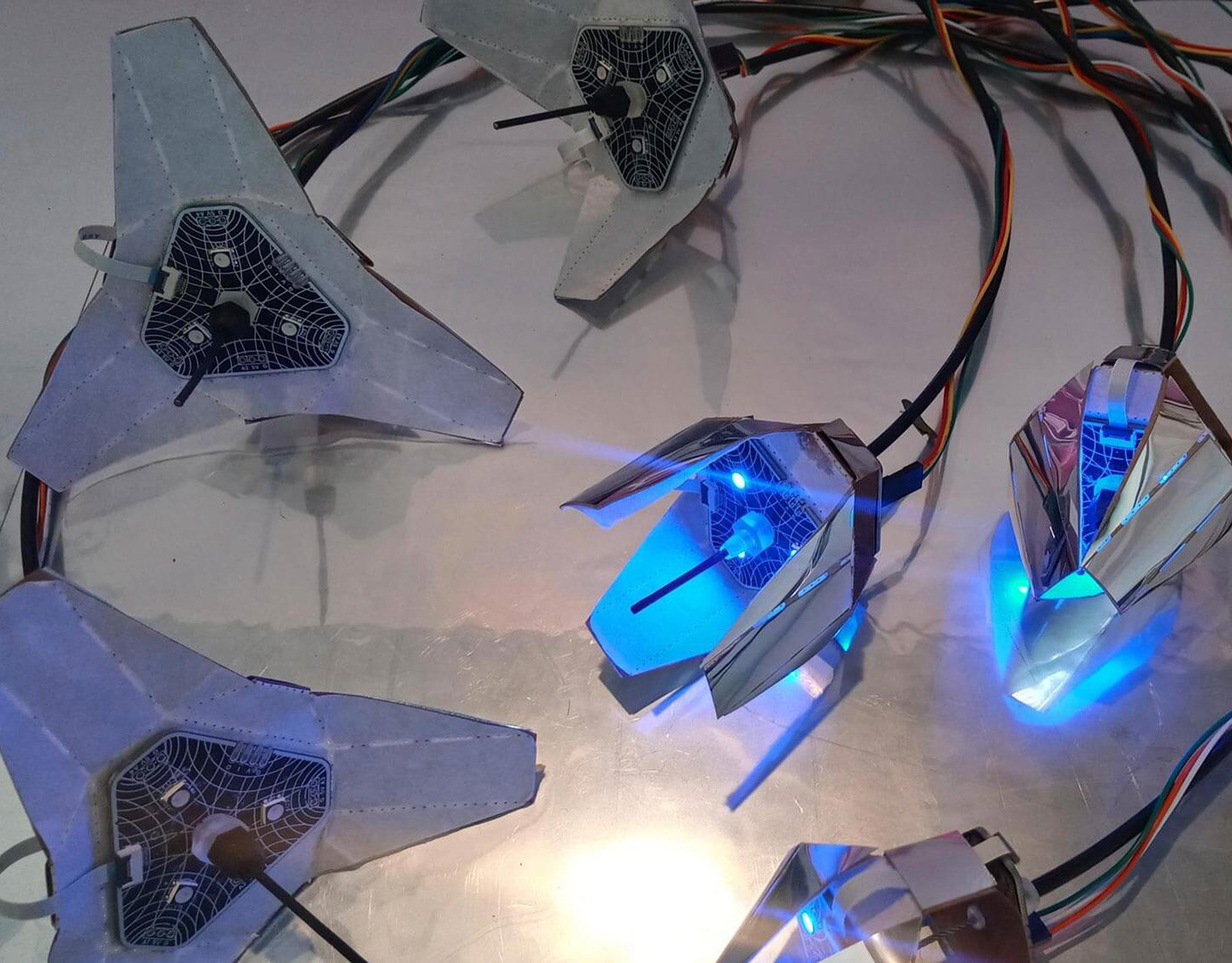EXHIBITION
Grant Award, European Festivals Fund for Emerging Artist(EFFEA), 2024
Solo show, Echoes of Rebellion , Yaga Gathering, Lithuania, 2024
Installation at Art Tech Psyche Symposium for Cambridge Science Festival, organized by Cabot science center ,Harvard University, 2024
KEYWORDS
Human-Ai Collaboration, Ai in Arts, Interactive Installation, Lithuanian History, Ecological Futures, Cultural Narratives
"Echoes of Rebellion: Myths and Machines" explores the intersection of history, technology, and ecology, using the Lithuanian festival Užgavėnės as a lens. This interactive installation reimagines history as a black box, revealing recurring patterns and events. The project integrates storytelling, AI, and interactive architecture, creating a dynamic space where the mythic and the real coexist.
The immersive installation setup of "Echoes of Rebellion: Myths and Machines" features a unique array of analog TVs displaying the dynamic gameplay. Visitors interact with an AI Dungeon Master, exploring historical and speculative futures through engaging, real-time narratives. The multi-screen setup, controlled by Raspberry Pis and a central PC, showcases text, images, and videos, creating a rich, interactive experience that bridges the past and future using advanced AI technologies.
Hypothesis:
The project hypothesizes that by examining historical patterns and utilizing AI, we can gain insights into the recurring socio-political and economic forces that shape our world. It suggests that these insights can help us design interventions that contribute to a more sustainable and equitable future.
Allegory:
The installation uses the Užgavėnės festival as an allegory to illustrate the cyclical nature of history and the influence of recurring patterns. The festival, traditionally held to drive away winter and welcome spring, serves as a metaphor for societal renewal and transformation. The characters and events of the festival are reimagined through different historical epochs, reflecting how similar themes and challenges emerge across time.
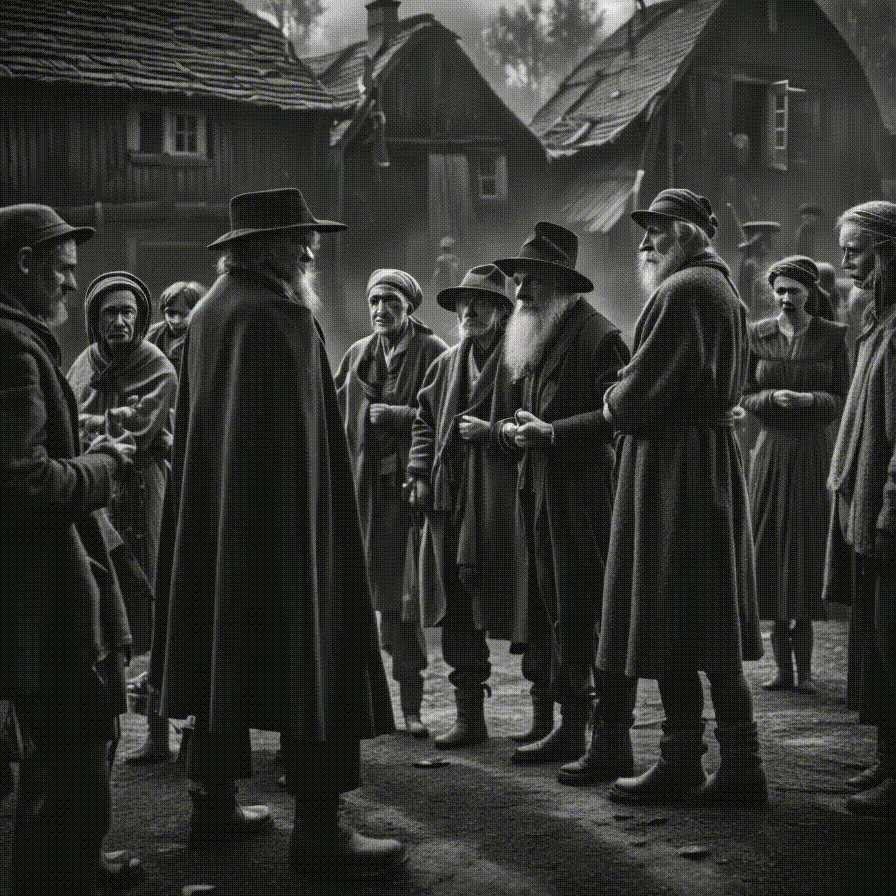

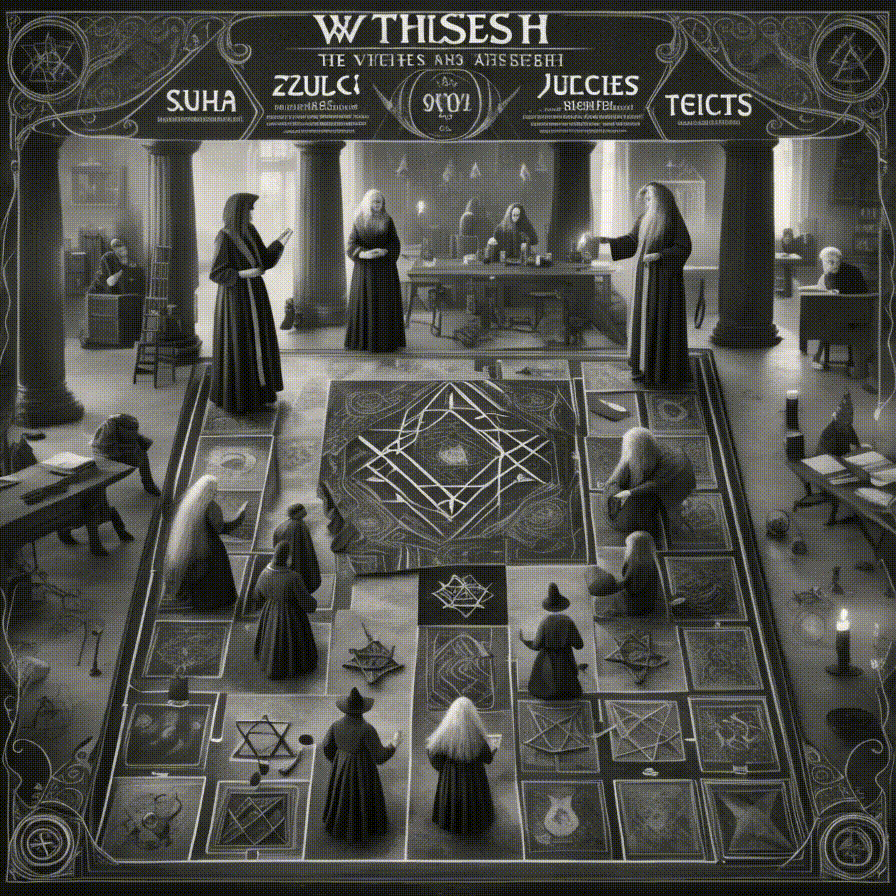
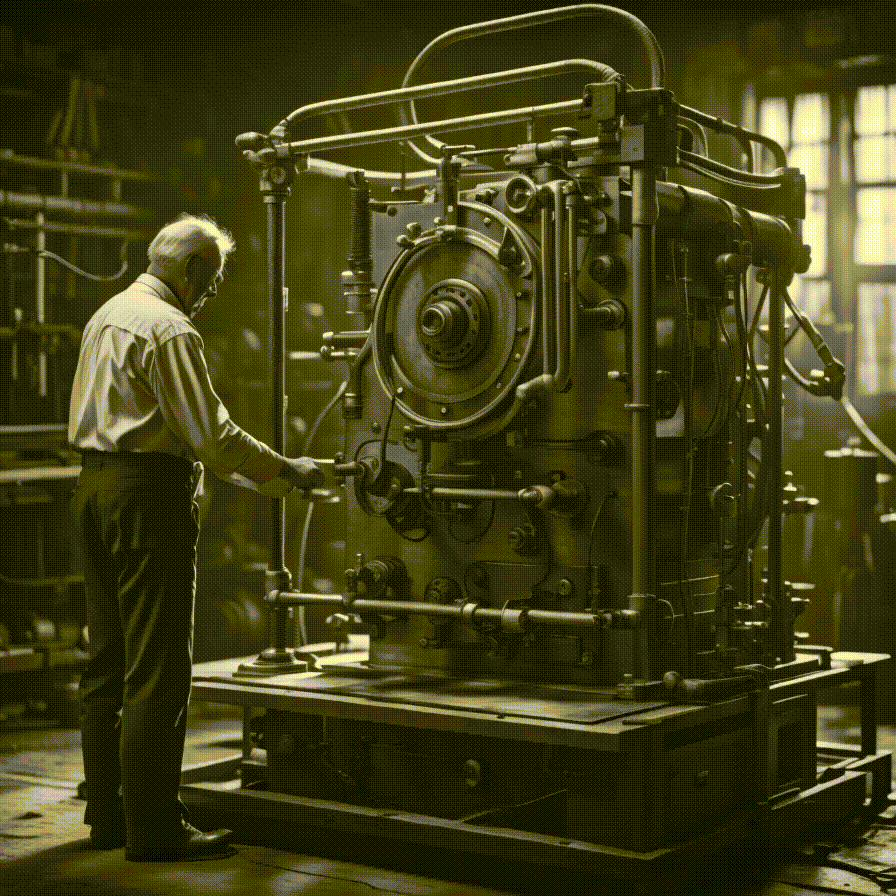
The project is built on a Python-based system that integrates ChatGPT APIs for real-time interaction. The main PC acts as a central controller, managing visual data streamed to Raspberry Pi-connected analog TVs. The interactive screens display a continuous chat between the user and AI, with multimedia elements (images, videos) presented via OpenCV. The system also features a speech recording function, allowing users to input audio responses directly into the narrative.
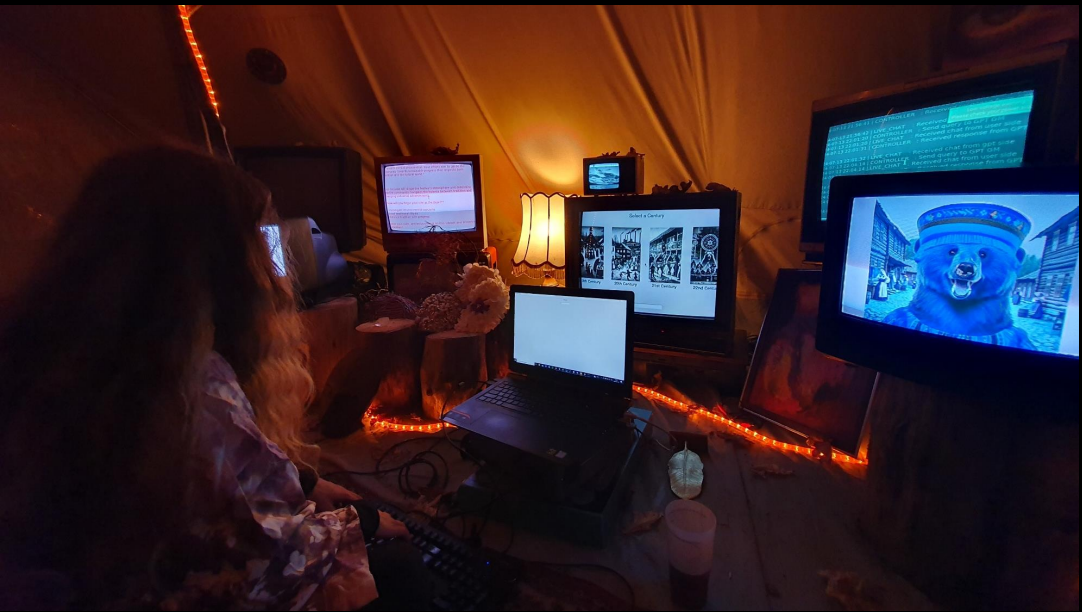

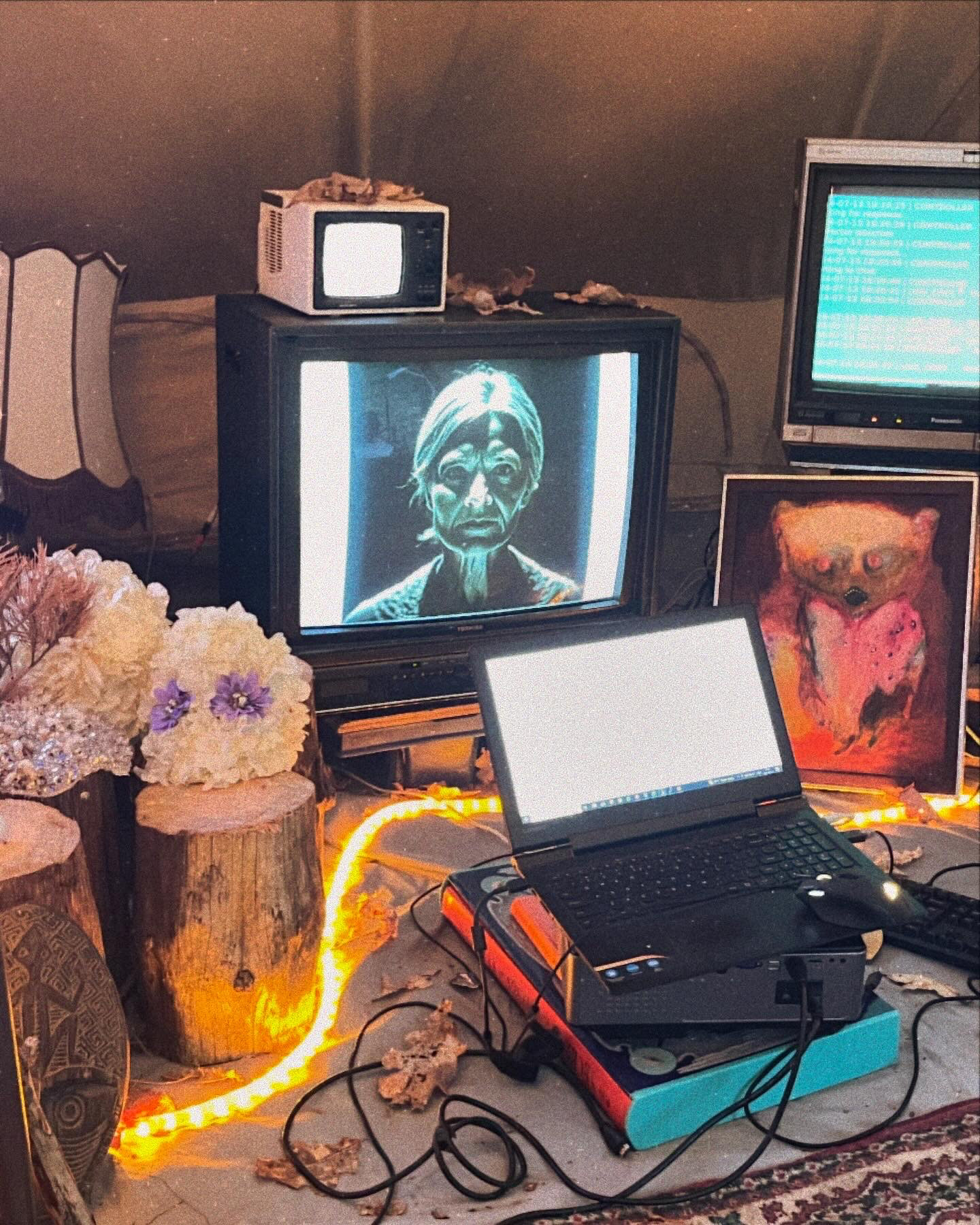
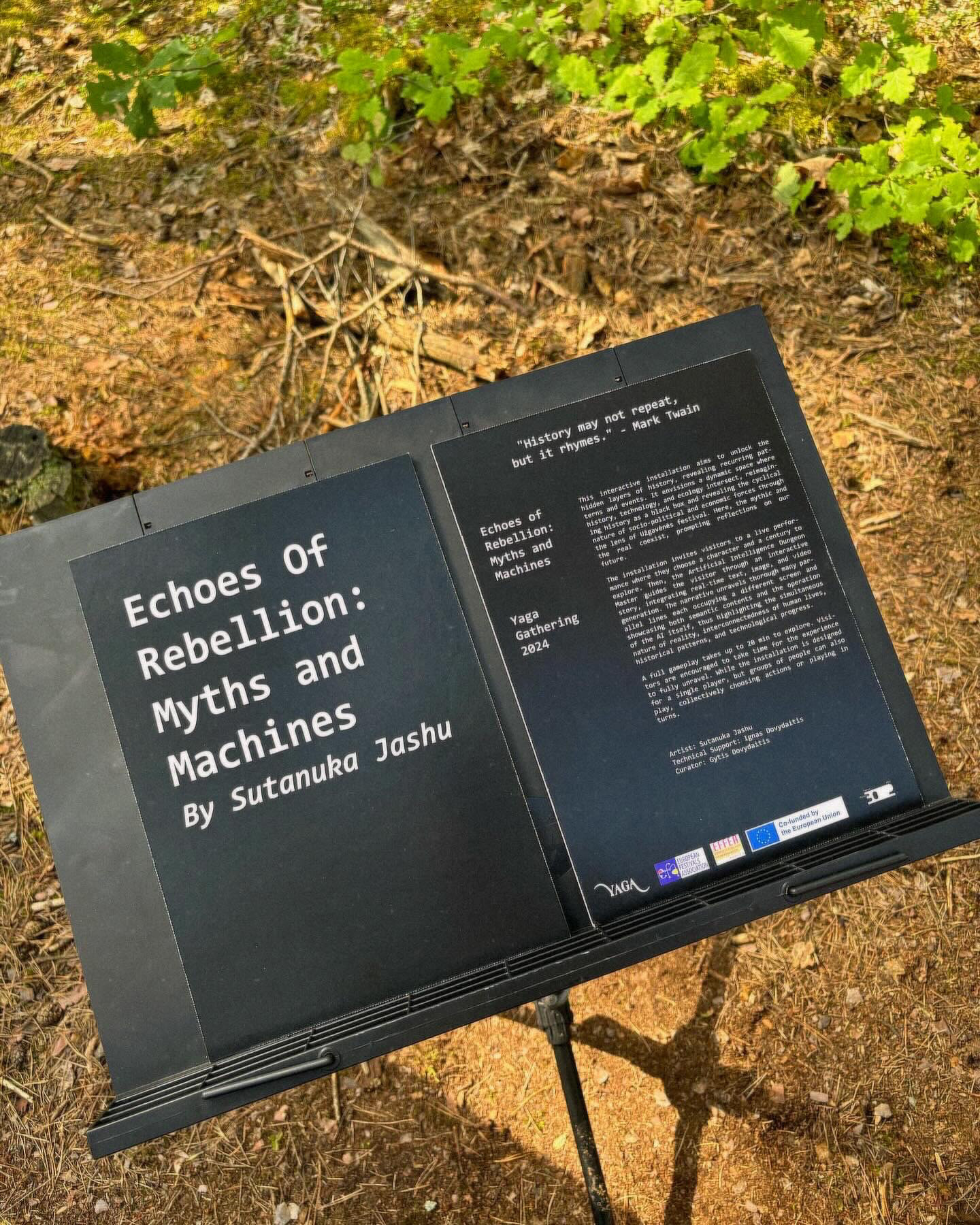
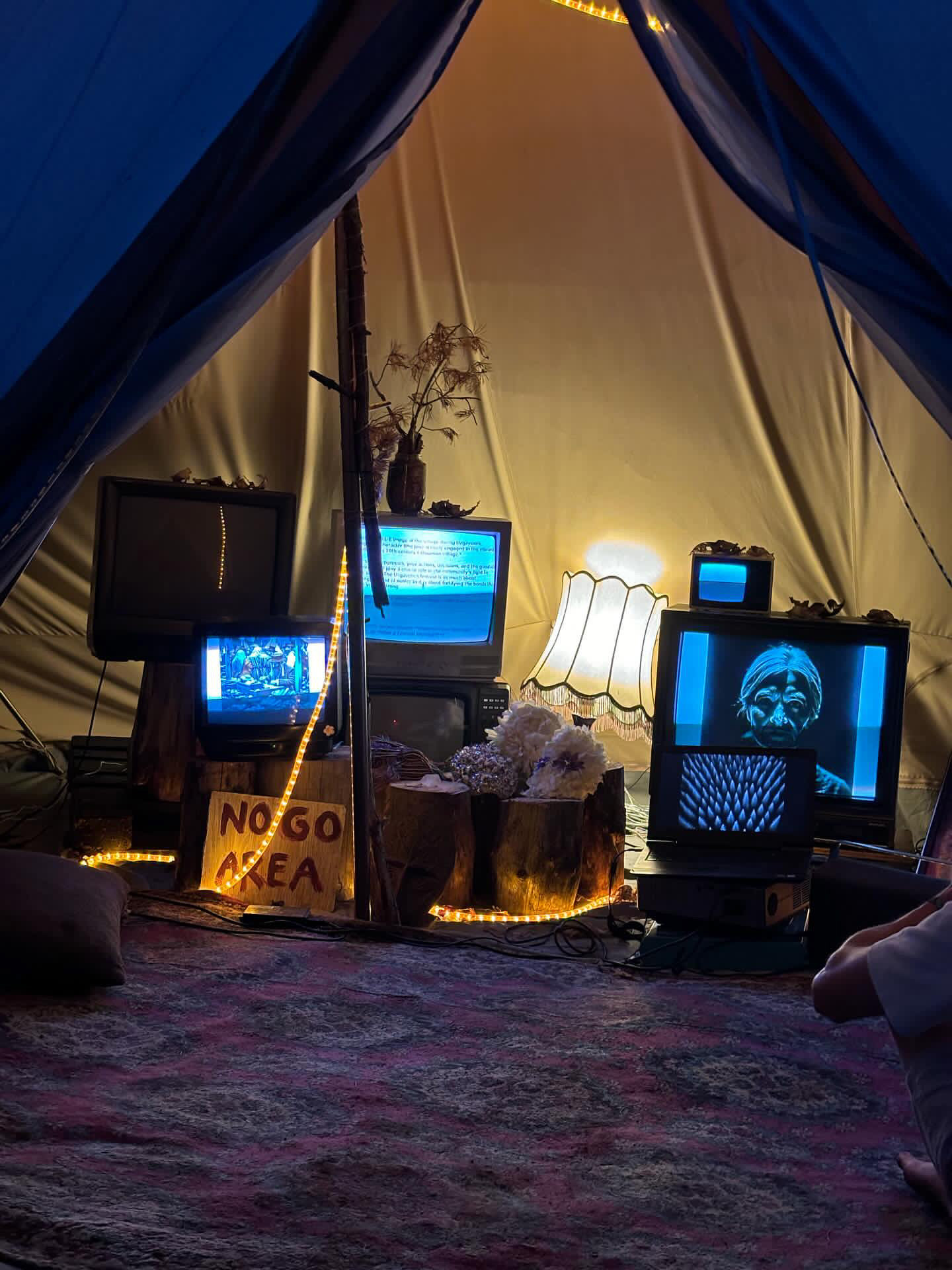
Direction, story, design and research, prompt engineering : Sutanuka Jashu
Organised by : 3022 place
Technical Support : Ignas Dovyadaitis , Alanas Node 47
Voice over : Justė Kubertavičiūtė
background music : Žvingia, Žvingia - Ancient Lithuanian War Song
Presentation video : Kamalika Jashu
Special thanks to : Gytis Dovyadaitis, Allison Tanenhaus, Susan Berstler and Brian M Leach
